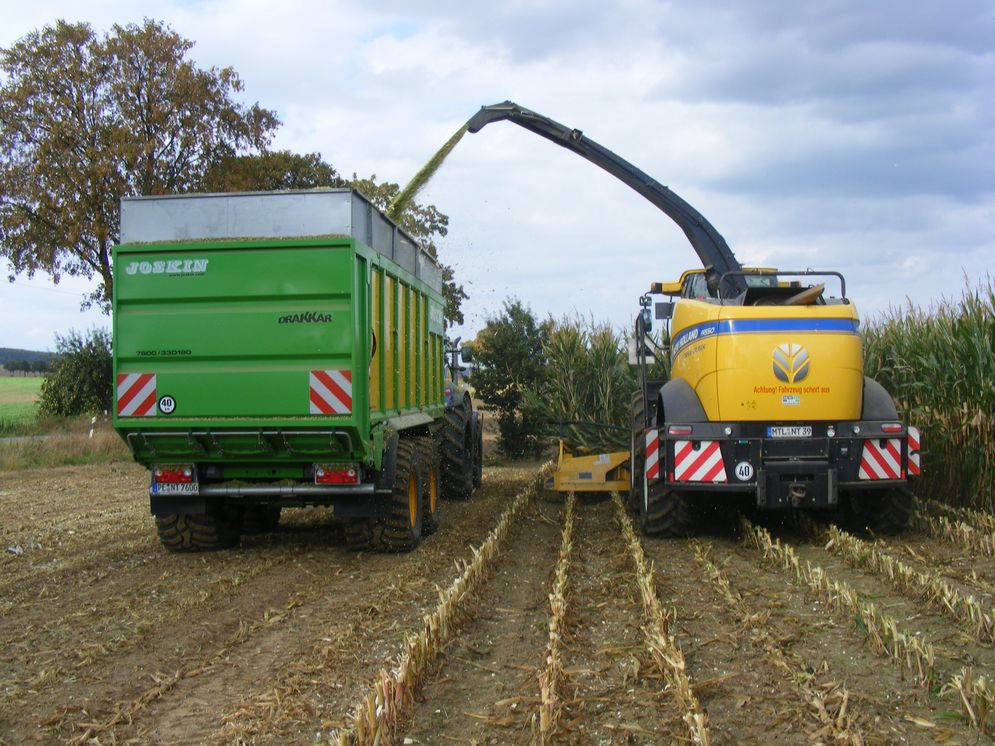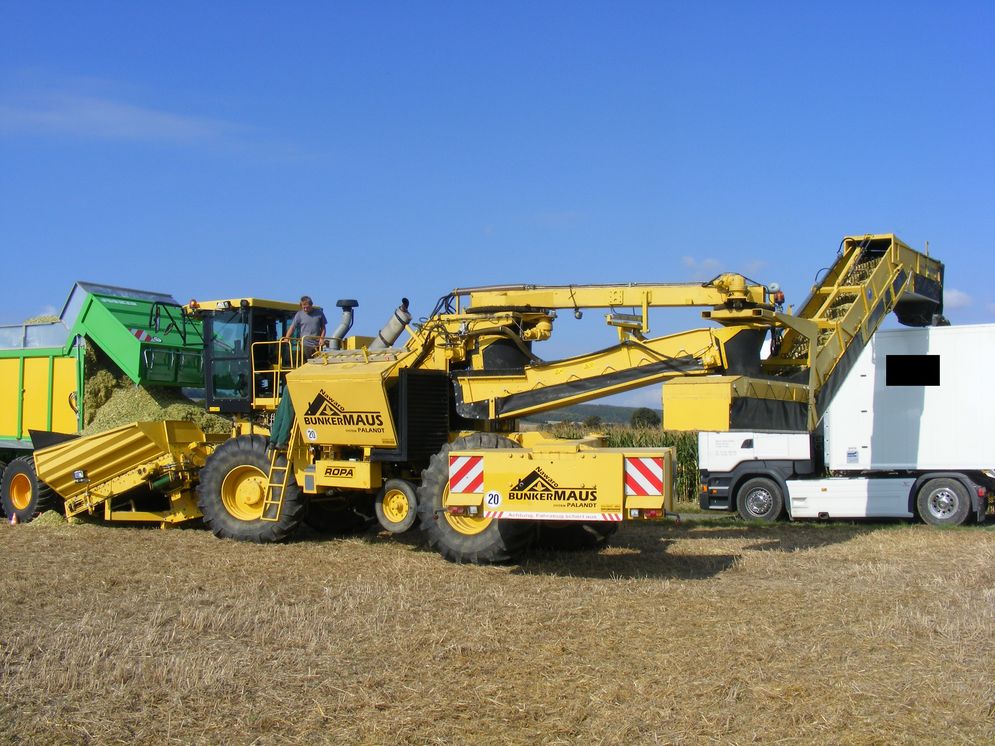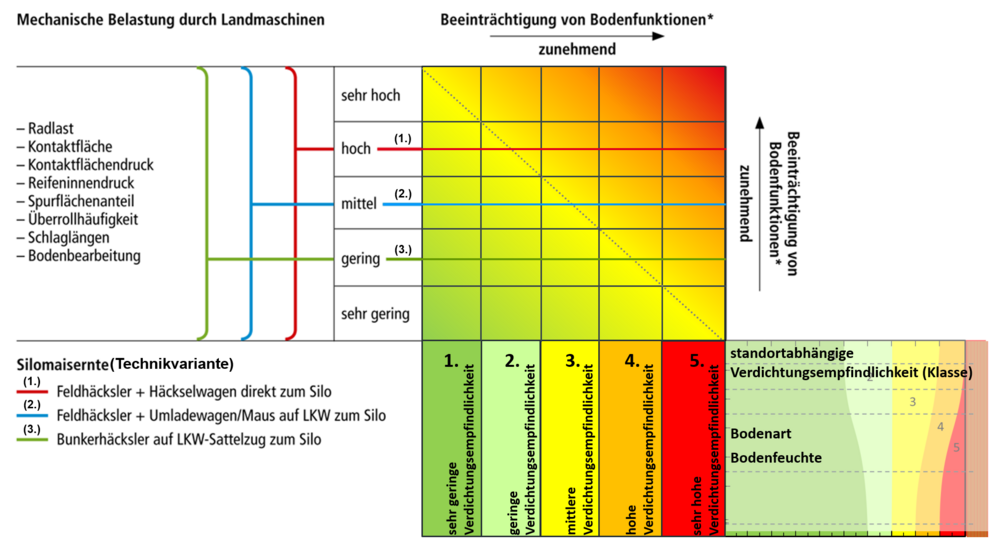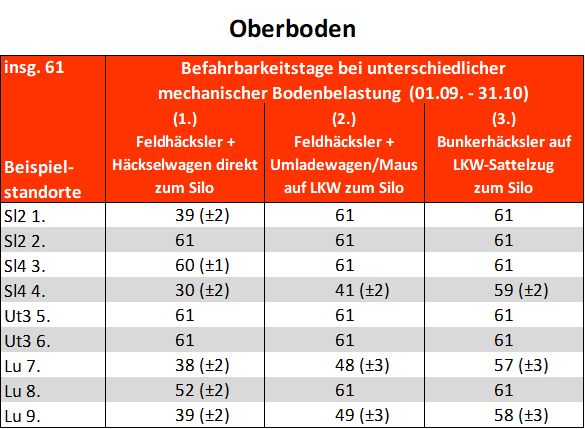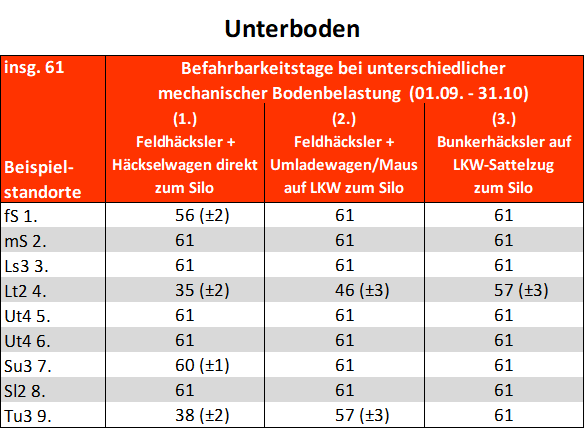Decision matrix trafficability
Knowledge of the site-dependent bearing capacity of their arable land is a valuable aid for farmers to plan the operating times of their machines in the field and also the purchase of new machines.
The "decision matrix trafficability" for adapting the mechanical load of agricultural machines to the compaction sensitivity of the soil uses a combination of parameter-based decision-making and an expert-based approach that provides practical solutions.
In this context, pedological data of soil type and results of soil moisture from the soil water balance model AMBAV (DWD) are combined with expert knowledge on the susceptibility of soil to compaction. For typical locations in Germany, the susceptibility of soil to compaction over the course of many years as well as available days of trafficability are thus derived.
The concept consists of three components:
- Derivation of the susceptibility of arable soils to compaction for Germany based on the parameters soil type and soil moisture as well as the division into subsoil and topsoil
- Derivation of the mechanical load by agricultural machines and process chains based on long-term field measurements and technical machine parameters
- Linking susceptibility of soils to compaction with the mechanical load caused by agricultural machinery and process chains. From this, mean regional days of trafficability for different crops, operations and mechanization for typical periods of trafficability are derived using sample sites.
Decision matrix for the example of silage maize harvest
For silage maize harvesting, a bunker chopper with adjusted tire inflation pressure and crab steering, which loads the chopped material at the edge of the field, is the most soil-conserving harvesting option.
To be able to estimate the compaction threat, the susceptibility to compaction must be linked to the mechanical soil load caused by the vehicle or the process chain. This is done using the example of silo maize harvesting.
Three technology variants were investigated and compared for silage maize harvesting.
Technology variant 1: Maize chopper with silage trailer directly to the silo
Consists of a maize chopper and a tractor with silage trailer, which transports the chopped material directly to the silo. The tractor and silage trailer do not have a tire pressure control system, so they drive in the field with tire inflation pressure for road travel (approx. > 3.0 bar). Due to the high tire inflation pressures and a 6-fold wheel pass, high mechanical loads occur.
Technology variant 2: Maize chopper with loading vehicle/loading mouse on truck to silo
Field and road travel are separated here by loading the chopped material onto a trailer. This enables the loading vehicle to drive with a low tire inflation pressure (approx. 1.5 bar) and the soil load will be reduced, although the soil is also rolled over six times.
Technology variant 3: Bunker chopper on a truck to the silo
Here, the chopped material is transported in the chopper's bunker and loaded onto trucks at the edge of the field. The vehicle has wide tires and an tire inflation pressure adapted to the gsoil (approx. 1.5 bar), which results in larger tire contact areas and thus reduces the contact area pressure. With crab steering, the vehicle has a single wheel pass.
In terms of soil protection, technology variant 3 is the most soil-conserving variant for silage maize harvesting.
More information and examples of the decision matrix drtrafficability can be found in this publication: Lorenz et al., 2016.
